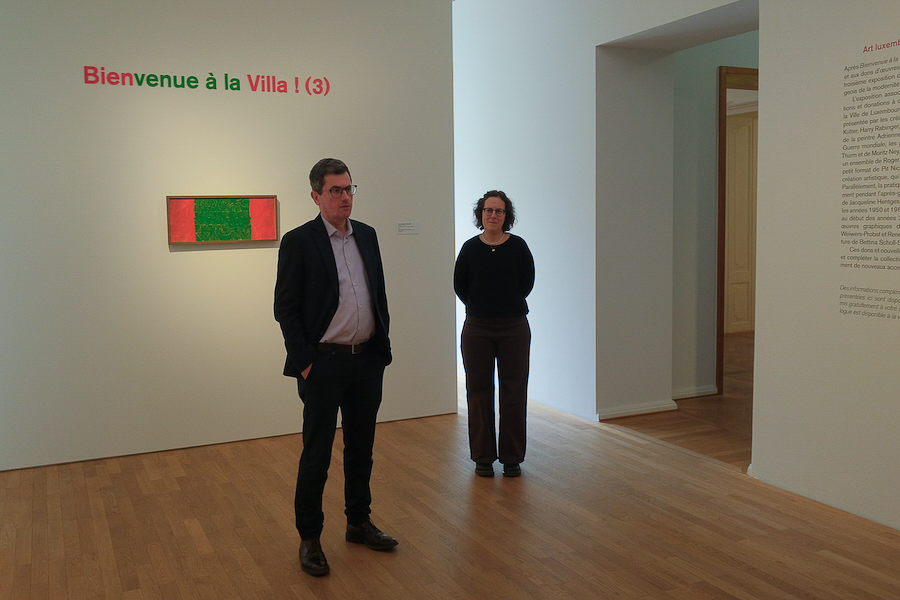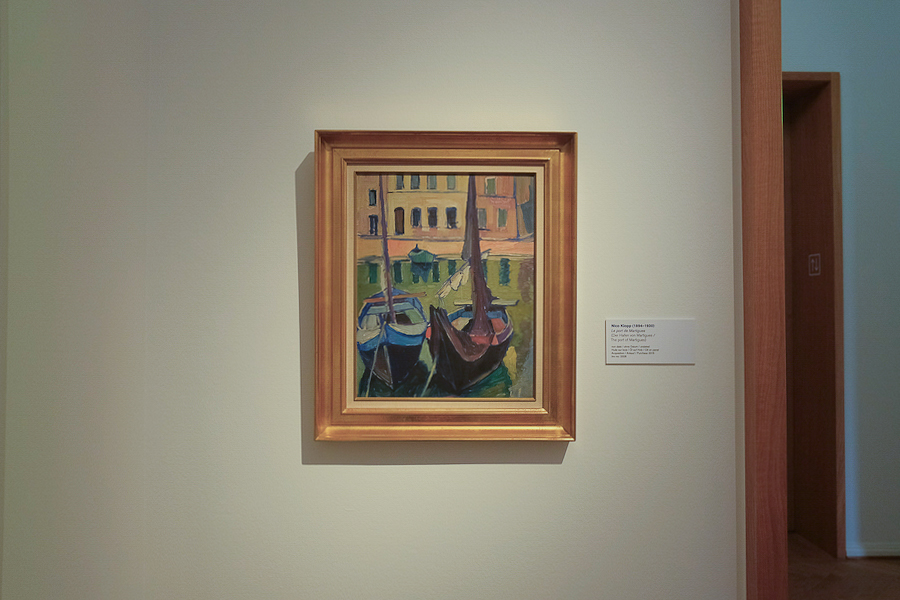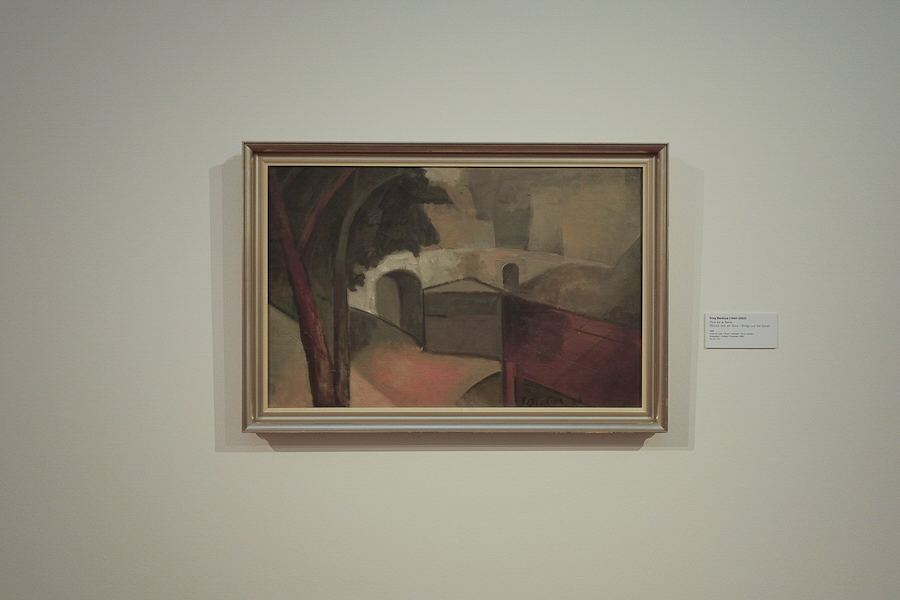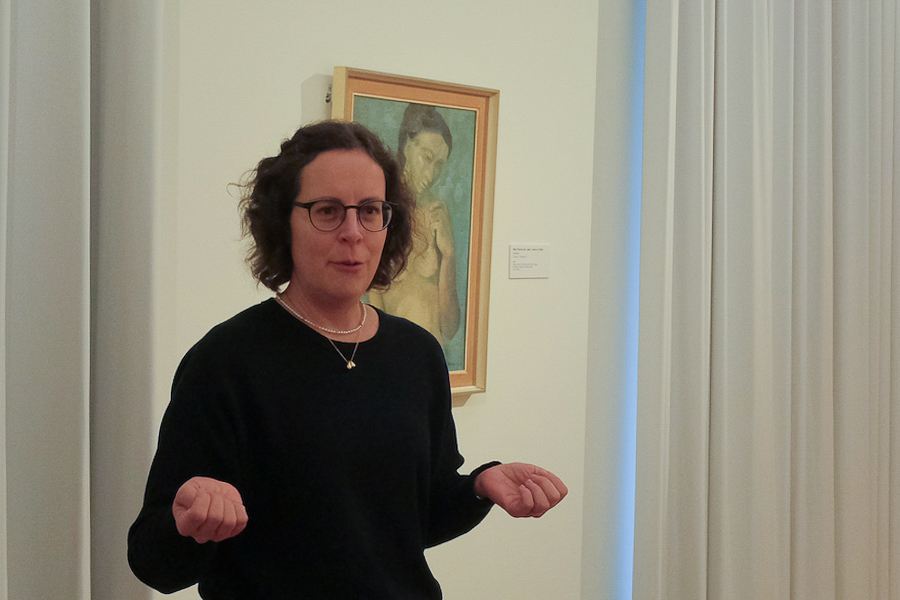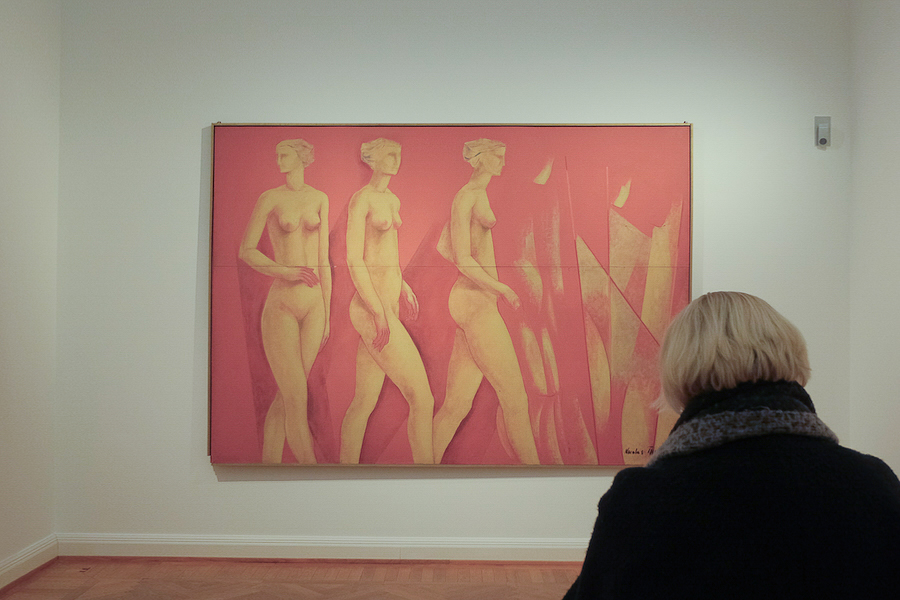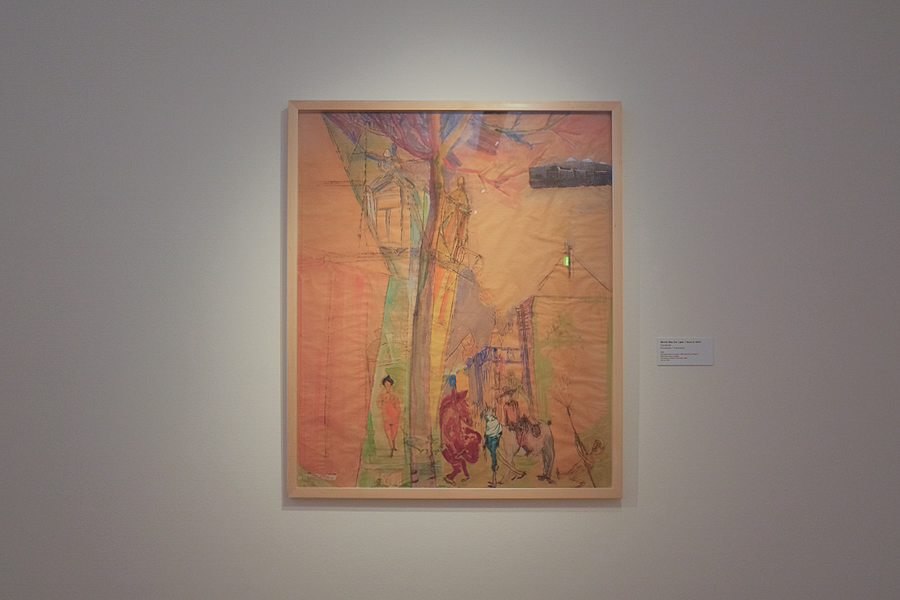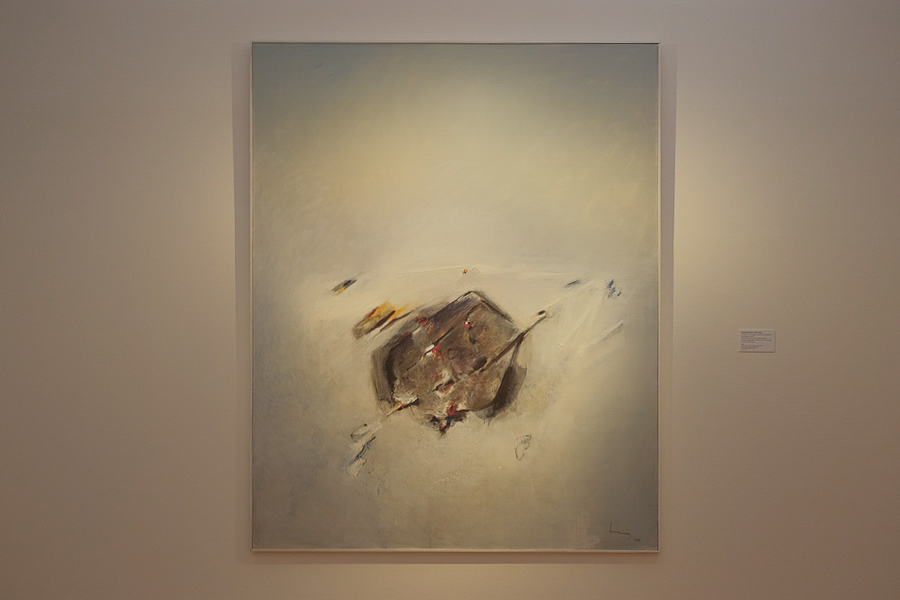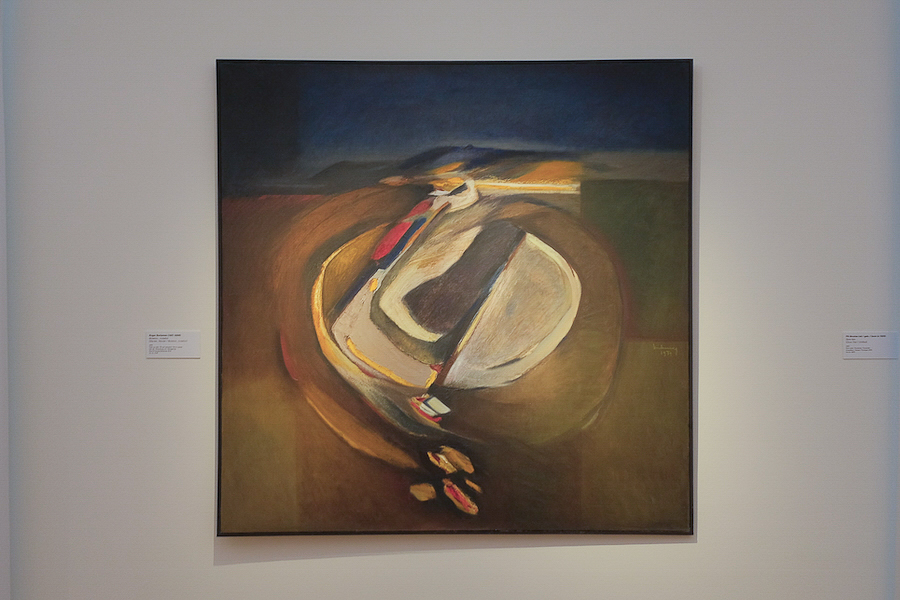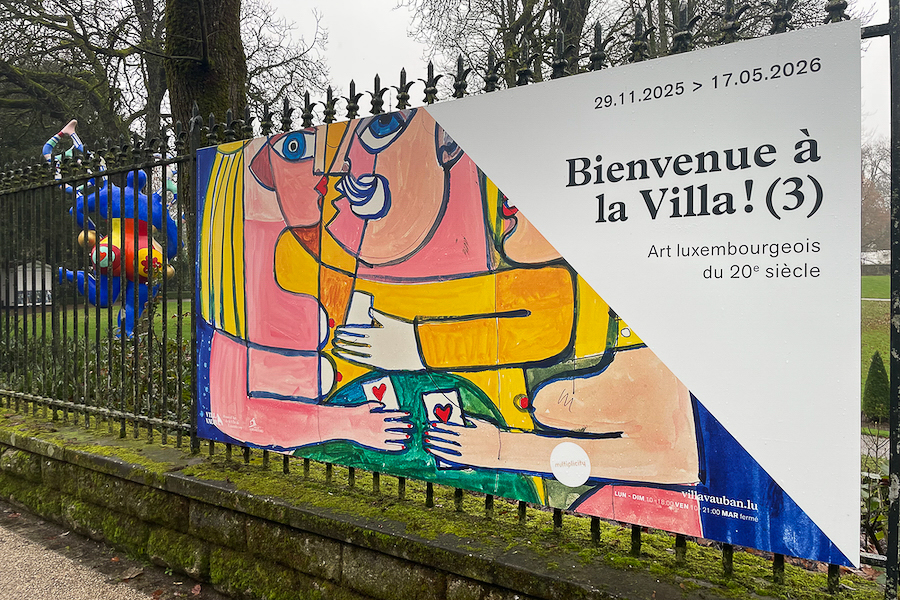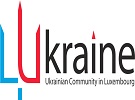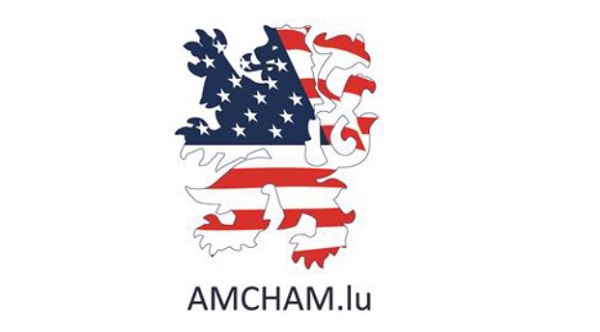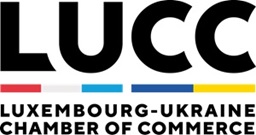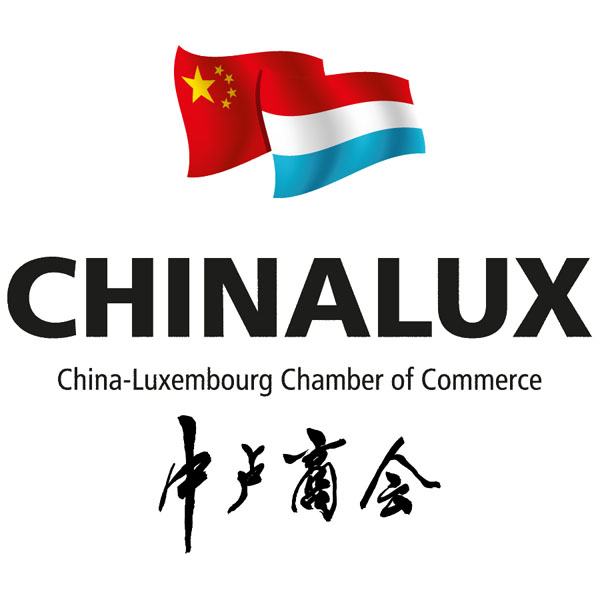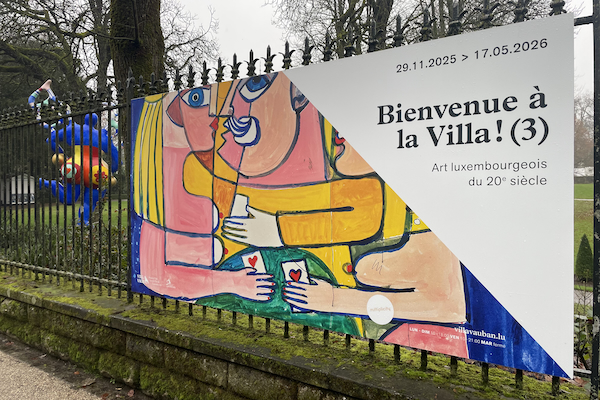 “Bienvenue à la Villa 3” exhibition at Villa Vauban in Luxembourg-Ville;
Credit: Steven Miller, Chronicle.lu
“Bienvenue à la Villa 3” exhibition at Villa Vauban in Luxembourg-Ville;
Credit: Steven Miller, Chronicle.lu
On Friday 28 November 2025, Chronicle.lu attended a tour of the “Bienvenue à la Villa 3” exhibit at Villa Vauban in Luxembourg-Ville, which celebrates Luxembourg art from the 20th-century.
The exhibit presents a curated selection of recent acquisitions and donations to the art museum, shown alongside works from the City of Luxembourg's existing collection. It is the third instalment in the series, which presents Luxembourgish art from the era of classical modernism through to the turn of the millennium.
The tour began with an introduction by Guy Thewes, Director of Villa Vauban, with curators Angelika Gelsius and Gabriele Grawe guiding attendees through the exhibit and providing detail and context for the works on display.
The exhibit begins with pieces from two different artists and eras: Ernest Wurth and Henri Dillenburg. The two works from Ernest Wurth feature views of Luxembourg City and date from 1933 and 1946. They share a similar autumnal colour palette and are both expressed using oil on canvas, showing depictions both from and of the Chemin de la Corniche. The adjacent piece from Henri Dillenburg, with its abstract form and vibrant orange and green oil composition, sits in stark contrast but provides the perfect appetiser for the varied selection of art on display in the exhibit.
The main sections of the exhibit flow in chronological order and feature a mix of works utilising traditional oil on canvas, paper, print and ceramics, taking the form of landscapes, still life, abstract pieces and sculptures of varying sizes and styles. During the tour, Angelika Gelsius and Gabriele Grawe provided detail on the techniques, influences and personalities of each of the artists and gave background information on other works from the artists which were not on display, whilst providing reasoning for those which had been selected for inclusion.
The exhibit features pieces which date from pre 1945 up to the early 2000s. The period up to 1945 is represented by noted figures of the "Secessionist" movement: Joseph Kutter; Harry Rabinger; Jean Schaack; and Nico Klopp - together with paintings by Adrienne Baudoin-d'Huart. From the post-Second World War period, there are paintings by Henri Dillenburg, Nico Thurm and Moritz Ney, several series of works by Wil Lofy, an ensemble by Roger Bertemes and small-scale sculptures by Pit Nicolas. There are also post-war works from the 1950s and 1960s by Jacqueline Hentges, Coryse Kieffer and Triny Beckius, demonstrating the increasing presence of women in the arts at the time, and the 1990s to the early 2000s is represented by paintings and graphic works by Marie-Paule Feiereisen, Annette Weiwers-Probst and Renée Oberlinkels, alongside a sculpture by Bettina Scholl-Sabbatini.
The exhibit runs from Saturday 29 November 2025 to Sunday 17 May 2026 and entry is free to the public. Guided tours, in English, will take place on the following dates:
• Saturday 29 November 2025 – 15:00
• Saturday 6 December 2025 – 15:00
• Saturday 13 December 2025 – 15:00
• Saturday 20 December 2025 – 15:00
• Saturday 27 December 2025 – 15:00
• Saturday 3 January 2026 – 15:00
• Saturday 10 January 2026 – 15:00
• Saturday 17 January 2026 – 15:00
• Saturday 24 January 2026 – 15:00
• Saturday 31 January 2026 – 15:00
• Saturday 7 February 2026 – 15:00
• Saturday 14 February 2026 – 15:00
• Saturday 21 February 2026 – 15:00
• Saturday 28 February 2026 – 15:00

